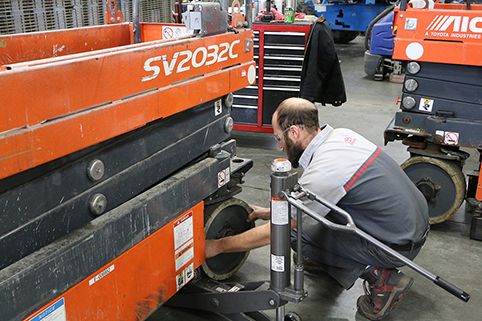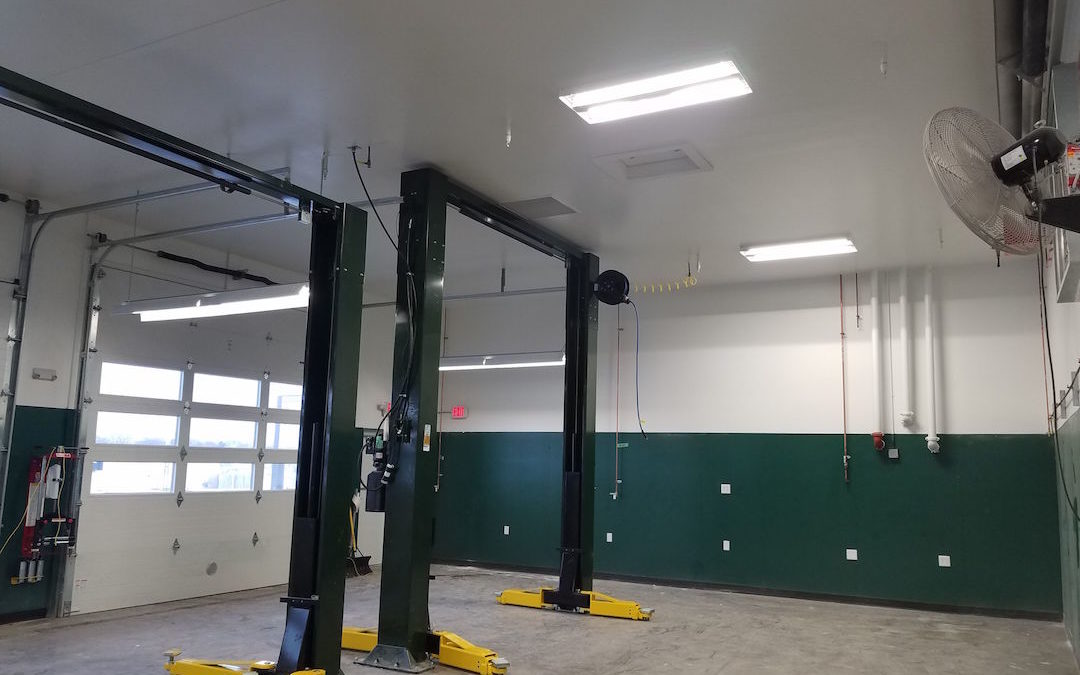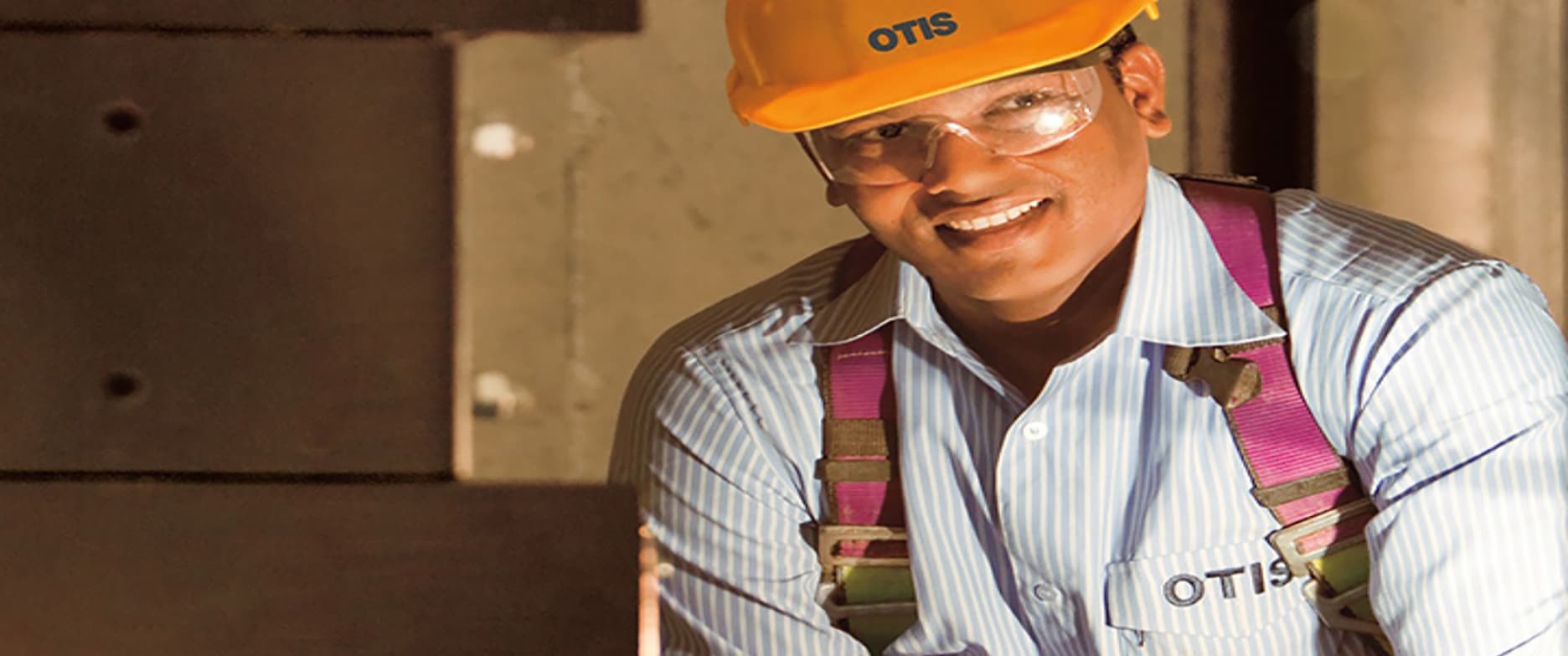Comprehensive Guide to Elevator Systems and Their Upkeep
Navigating the complex world of lift systems and their maintenance is a task that requires precision and understanding. From the numerous types of elevator systems in usage to the meticulous adherence to safety laws, the upkeep of these upright transport devices is a diverse undertaking.
Sorts Of Lift Systems
The most usual kinds consist of hydraulic lifts, grip lifts, machine-room-less elevators, and vacuum elevators. Hydraulic elevators are optimal for low-rise buildings and utilize a hydraulic piston to move the elevator vehicle. Machine-room-less elevators are a space-saving option as they do not call for a different equipment area for the lift machinery.
Each kind of elevator system has its very own benefits and downsides, making it vital for building owners and developers to thoroughly consider their particular needs before picking one of the most appropriate option. Elements such as constructing elevation, room accessibility, energy efficiency, and spending plan restrictions all play a considerable role in determining the ideal lift system for a particular structure.
Typical Maintenance Concerns
Normal maintenance of lift systems is necessary to ensure smooth procedure and prolong their life expectancy. Despite routine maintenance, elevator systems can still run into common upkeep issues that need to be without delay dealt with to protect against interruptions in solution. One of the most constant issues is door breakdowns. Lift doors may obtain misaligned, resulting in issues with opening and closing correctly. This can trigger hold-ups and safety dangers, calling for immediate interest from upkeep service technicians. An additional common problem is connected to the lift's leveling precision. If the elevator doesn't line up properly with the floorings, guests may experience tripping risks and discomfort. In addition, concerns with the control system, such as sensor problems or electrical problems, can trigger the elevator to breakdown or stop working completely. Normal assessments and proactive maintenance can help recognize and solve these usual maintenance issues prior to they escalate and affect the overall performance of the elevator system.
Safety And Security Rules and Conformity
Sticking to rigid safety regulations and ensuring conformity with market standards are extremely important for preserving the functional honesty of lift systems. Elevators undergo a detailed set of safety guidelines to protect passengers, upkeep personnel, and the public. Regulative bodies such as the Occupational Safety And Security and Health And Wellness Administration (OSHA) in the USA and the European Lift Association (ELA) in Europe develop guidelines that cover numerous aspects of lift design, maintenance, procedure, and installation.
Compliance with these policies is not only a legal demand yet additionally a moral obligation for structure proprietors and elevator upkeep firms. Normal examinations, upkeep checks, and adherence to safety procedures detailed in the policies are essential to guarantee the safe and effective procedure of elevator systems.
Best Practices for Maintenance

Building proprietors must also take into consideration investing in innovation upgrades to enhance the performance and security of their lift systems. By complying with these ideal methods, lift systems can operate efficiently and safely, supplying dependable upright transportation for passengers.

Advanced Technologies for Effectiveness
Applying sophisticated innovations in elevator systems can substantially improve functional performance and passenger experience. lift engineer course. Among the crucial advancements in elevator technology is the intro of destination control systems. These systems permit passengers to input their wanted flooring prior to going into the elevator, which after that guides them to the most efficient car. By minimizing unneeded stops and optimizing traveling paths, location control systems minimize wait times and congestion in high-traffic structures.
In addition, the combination of smart sensing units and predictive upkeep capabilities has actually revolutionized lift upkeep. These sensing units can spot possible problems prior to they intensify, enabling positive upkeep interventions and lessening downtime. Additionally, using regenerative drives and energy-efficient parts helps in why not look here reducing power intake and operating expense in lift systems.
Furthermore, the implementation of cloud-based monitoring and remote diagnostics enables for real-time monitoring of elevator efficiency and instant troubleshooting of any kind of malfunctions. This positive approach not only enhances system integrity but likewise improves the total user experience by making sure smooth and nonstop elevator operations.
Verdict
In conclusion, comprehending the different kinds of lift systems, usual upkeep issues, safety guidelines, finest maintenance techniques, and progressed technologies for efficiency is important for making certain the smooth procedure of lifts. By sticking to safety and security regulations and executing best methods for upkeep, building owners can extend the life expectancy of their elevator systems and make article sure the security of travelers. It is very important to remain upgraded on the most up to date advancements in elevator technology to improve efficiency and dependability.
The most typical types include hydraulic elevators, traction elevators, machine-room-less lifts, and vacuum cleaner lifts. Hydraulic lifts are optimal for low-rise structures and utilize a hydraulic piston to move the lift cars and truck. Machine-room-less elevators are a space-saving option as they do not require a different equipment space for the elevator machinery. Normal assessments and positive maintenance can aid recognize and solve these typical maintenance concerns before they escalate and influence the general performance of the lift system.
